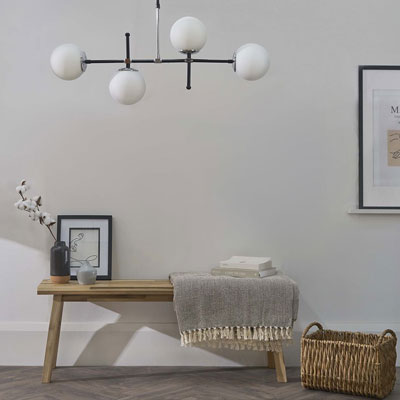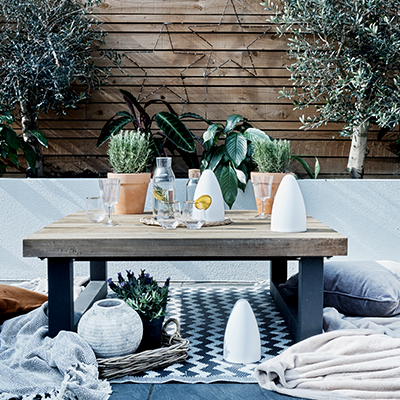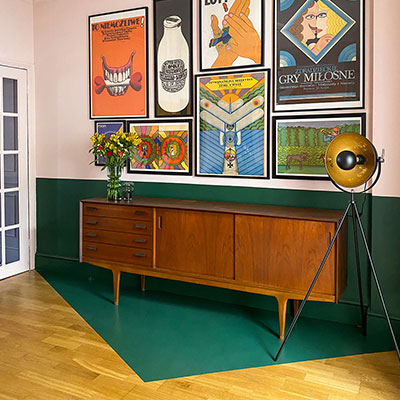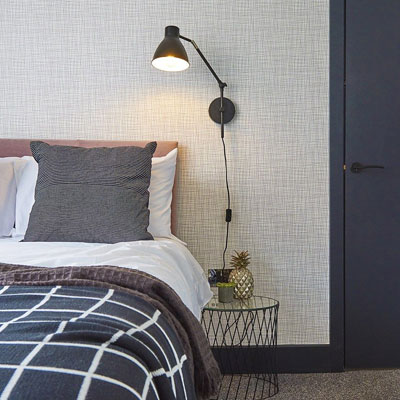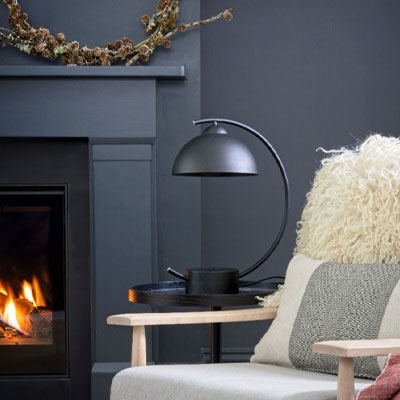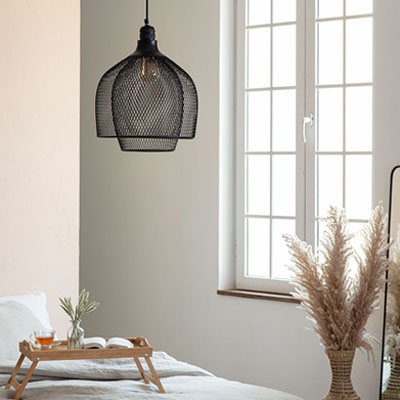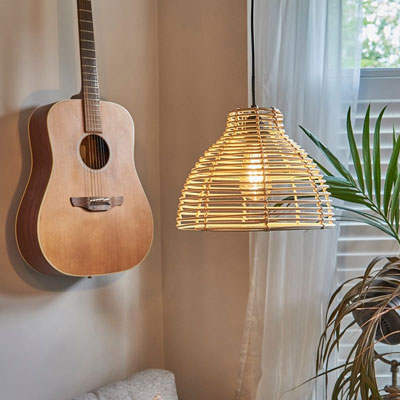We use our own and 3rd party cookies on this site for analytics and advertising. Carry on browsing if you are happy with this, or find out how to manage your cookies.
A hot interior design trend we’ve been seeing over the past few years that shows no sign of losing steam is industrial furniture and lighting. It’s hard to pin point when exactly the industrial tend began, but I can think of quite a few ways it has developed in popular culture. In the Early 20th century a famous designer George Carwardine created large table and floor lamps fit for purpose within factories. Designed to ease eyestrain for more intricate jobs on the production lines; these lights are still in production and used today but now are a design feature used in modern homes.
![]()
In more recent times the Industrial trend has become more widespread but is much more prevalent among former industrial cities such as Manchester and London which are busting at the seams with old warehouses as that have now been converted into industrial style apartments.
![]()
A fighting trend for 2017 was that of reclaimed old factory lights that are rewired and used for minimalist style homes. These styles of lighting have also been remade in mass production to keep up with the industrial style lighting demand. When pared with squirrel cage filament bulbs these lights look particularly impressive over kitchen islands and dining tables.
![]()
Industrial style décor has spread far beyond former factories and warehouses, with industrial elements borrowed and adapted to all styles of homes, from modern minimalist eco homes to old barn and cottage conversions. In more recent times this trend has been further Inspired by US tv shows including new girl, suits and master of none to name a few.
![]()
Industrial design can easily be distinguished from other trends due to its understated use of colour and materials. Muted tones including white, grey and black are commonly featured. The use of unfinished materials including concrete and exposed brick are at the centre of the trend. Metal beams, tables that look like they’ve come directly from a wood work shop, factory lights, concrete floors and steel cased windows all add to the trend and reflect the simplicity of industrial design.
![]()
When you think about how homes now are predominately driven by technology, it’s easy to see why there has been a switch to the retro appeal of the Industrial style. If you are interested in trying it at home, these basic elements we suggested should help get you started.
- Reclaimed bare wooden tables
- Reclaimed metal table legs
- Exposed pipes and beams
- Minimalist furniture
- Small details including concrete pot plants and vintage clocks
- Warehouse style lighting with oversized squirrel cage light bulbs
![]()
![]()
![]()
![]()
![]()

